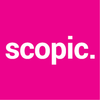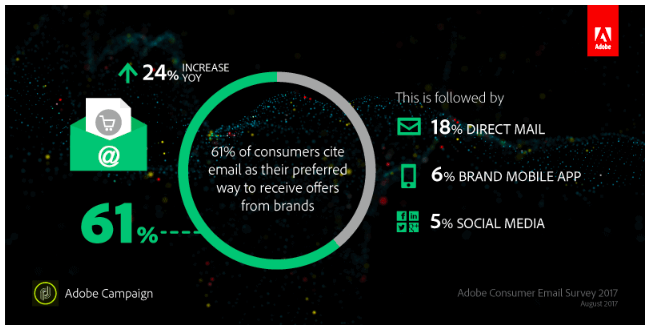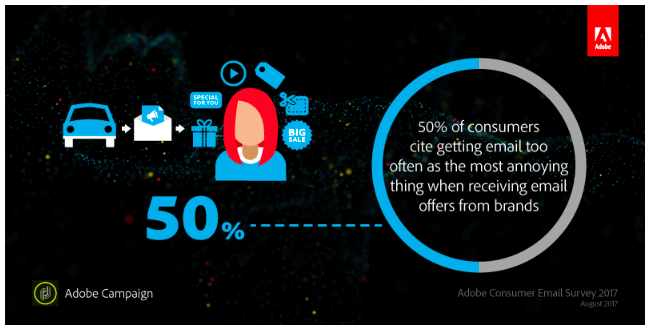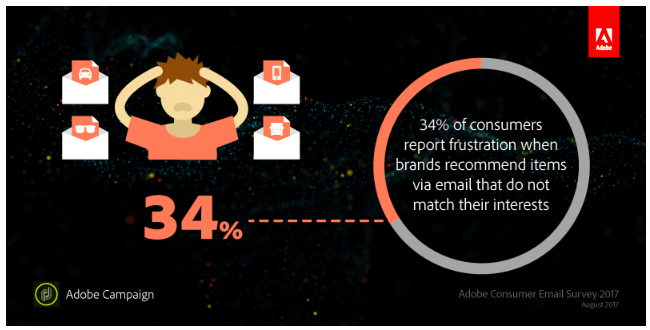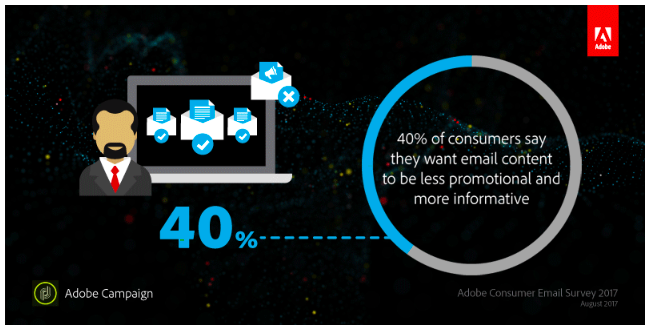Research into the impact of color in marketing and color psychology, appropriately titled Impact of Color on Marketing and Color psychology: a critical review found that colors really do influence the moods and feelings (positively or negatively) of consumers. Research papers indicate that between 60-90 percent of product evaluation and product purchase is based on color alone. Additional research has also shown in The Interactive Effects of Colors and Products on Perceptions of Brand Logo Appropriateness a correctly chosen color mix for your business logo can bring immediate value to your brand.
Basically, what do specific colors positively say to us?
- Black – authority, elegance, powerful
- White – cleanliness, purity, simplistic
- Red – energetic, excitement, passion
- Blue – loyalty, security, trust
- Orange – confidence, friendliness, warmth
- Yellow – happiness, intellect, optimism
- Green – freshness, growth, health
- Purple – wealth, wisdom, sophistication
- Magenta – creativity, imaginative, innovative
Effective brands use color to great success to engage and connect with their audience. Before choosing the color mix for your logo, marketing materials, website or product range it is important to firstly consider some basic points:
Color is Memorable
Color is a central element of your visual identity. Carefully consider your visual identity color mix, as it acts like the personality of your business with your audience. While it is not the only element in your visual identity, it is definitely one of the first things seen and possibly the most memorable of your visual identity.
Color is Innate
Find out the demographic breakdown of your audience and what color mix may persuade them to act. Defining who you are speaking to will greatly influence your color selection. Now you know your audience, you will be able to choose a color mix that positively influences your audience’s moods and feelings.
Consider the Competition
Check out your competition and consider how you can differentiate your brand and products from your competitors with color. This can be tough, as you will still need to connect with your audience and satisfy marketplace perceptions. A/B testing (split-run testing) of color options with your target audience will help you make an informed decision.
Consider the Platform
Be sure that whatever color mix you choose for your brand and products it can work online as well as in traditional print marketing. What looks great on a computer screen in RGB may not look so great on paper in CMYK. Also, carefully consider the color mix for your online messaging, active text and purchasing buttons, so to complement and at the same time stand out from the other content on the webpage.
Be Color Consistent
Your branding and visual identity needs to be consistent, clear and uncomplicated. When you try to do too much color, your messaging gets lost. By keeping things consistent and clear, you are keeping your visual communications strong and memorable. Color consistency will ensure your audience develops a visual connection and relationship with your brand's personality and products.
As mentioned, color is one of the most effective ways to communicate your brand and products to your audience. Color contributes not only to distinguishing your products from your competitors, but also influences consumer mood and feeling.
Scopic works with businesses to build consumer engagement, connect with us to find out more.
